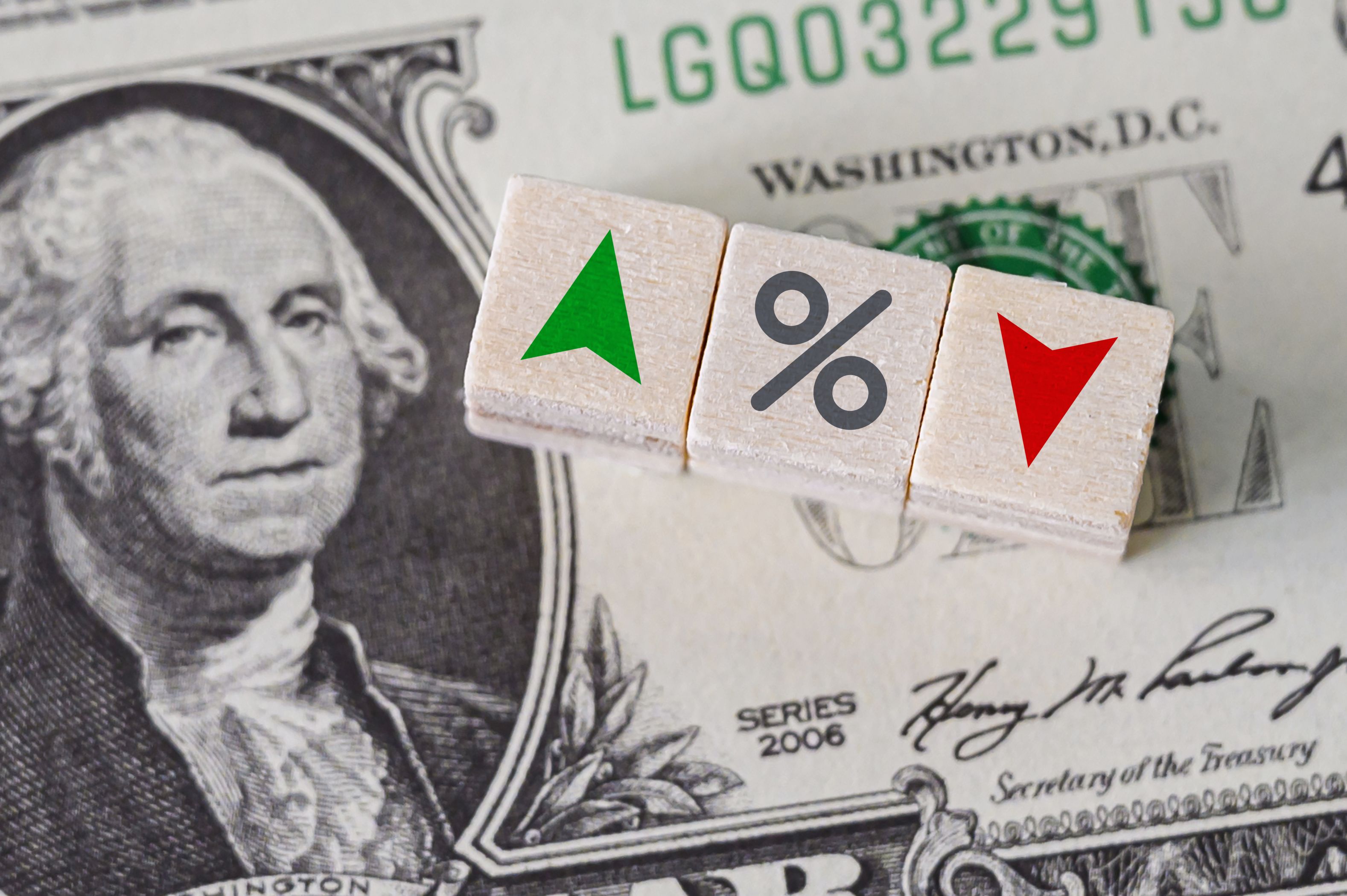
Late in the business cycle, when volatility tends to increase, correlations – i.e. the way different asset classes move in relation to each other – come under increased scrutiny. After a big spike in cross-asset correlation in the wake of the financial crisis, with many asset classes moving in lockstep, investors enjoyed four years of relatively low correlation between 2013 and 2017—a positive environment for building diversified portfolios.
Since the start of the year, investors have seen some jumps in correlation but asset class correlations remain close to average, meaning diversification in this dimension still works for traditional balanced portfolios.
However, while diversification is working for now, it's important to build resilience into portfolios for periods in which traditional relationships between asset classes break down. Some asset classes that provide diversification in normal conditions can have higher beta—become more volatile in relation to the equity market—in periods of market turbulence.
In the chart below, the grey bars show the beta of the various asset classes to the S&P 500 in normal conditions. A beta of 1 means the asset tends to mirror the direction and magnitude of the market move. A lower beta means the asset moves less than the market.
The purple bars show how the various asset classes react to a significant US equity selloff. Emerging market debt, for example, has historically been a good diversifier in normal conditions, but has amplified the effect of market volatility in periods of stress. Understanding these relationships is vital to building resilient multi-asset portfolios—particularly in this part of the cycle.
.jpg)
Assessing where we are in the business cycle, given its close connection to the market cycle, is key. Just over a year ago, many cyclical indicators began to move into a late-cycle state, although that doesn't mean a recession is necessarily around the corner.
Late cycles can last for some time—typically two years, but as long as five—before economies start tipping into recession. However, it's important to monitor how close we are to a recession, because that's when asset prices become stressed.
Currently, the risk of recession is arguably fairly low but it's important to remain vigilant and look at potential factors that could tip things over the edge.
Each recession is unique and the factors that led to previous recessions don't necessarily repeat. Among the nine post-war recessions, monetary tightening looks like the major contributor to two, with two attributed to fiscal tightening, two to oil shocks, two to financial crises, and one — the recession of 1990 — still a mystery.
It's therefore difficult to predict what will cause the next one but monitoring for an abrupt tightening of financial conditions as a result of policy normalisation, is something to watch out for, against a backdrop of sluggish growth.
With wage growth showing notable acceleration in the G4 economies over the past year, central banks are having to move from a "wait and see" approach to policy normalisation to a more proactive one. Policymakers are also aware that they need to tighten to give themselves scope to ease again in the next downturn.
At the same time, investors are seeing risks to growth that the markets have perhaps not yet registered: a consumer slowdown to accompany the trade tension-fuelled export drag in China; a lack of acceleration in European growth data; and tighter financial conditions in emerging markets.
The new orders component of the global manufacturing purchasing managers' index is now at a point—and pointing in a direction—that makes us want to take note of the possibility of a slowing industrial cycle and subsequent slowdown in activity.
Given how difficult it is to tell when the next recession will come into play, it's important for investors to be positioning their portfolios such that they're well-placed to navigate the prevailing uncertainty.
Being flexible is key: in a more volatile environment, investors should be thinking about investing more dynamically to capture returns. It's also important to diversify across time horizons.
Many investments tend to be closely geared to the business cycle—for example, the relative allocation between stocks and bonds, which is central to many multi-asset portfolios, has a very strong business cycle driver.
Investors may find shorter-term opportunities, driven by factors such as market flows and news, as well as longer-term, more structural opportunities, such as technology-driven change beneficial.
By allocating to both shorter- and longer-term strategies, and less to those driven by the business cycle, investors can reduce the need to precisely time the end of the cycle.
Shrenick Shah is portfolio manager of JPMorgan Investment Funds – Global Macro Opportunities Fund









